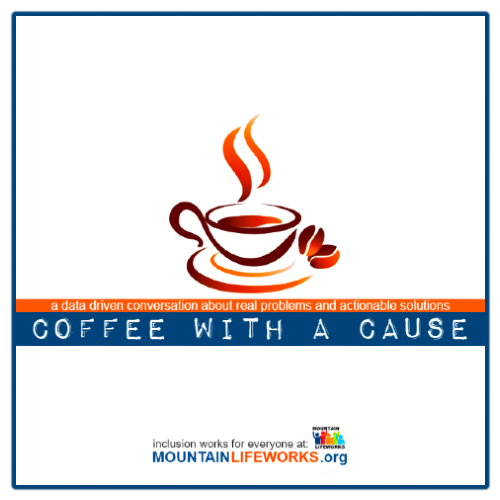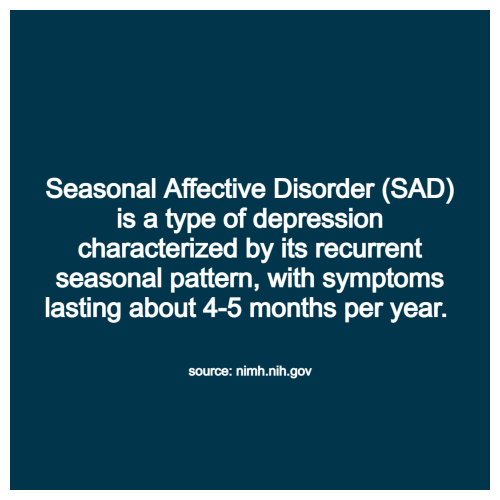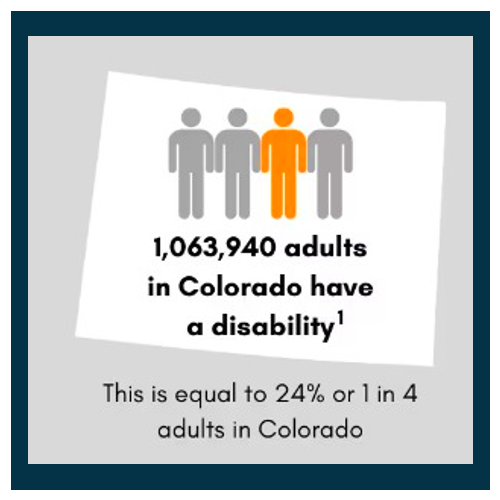
DECEMBER 2024 seasonal depression
Seasonal Affective Disorder (SAD) is a
condition in which some people experience a significant mood change
when seasons change. SAD is not a separate disorder but a type of
depression. In most cases, symptoms start in the late fall or early
winter and go away during the spring and summer. This is called
winter-pattern SAD or winter depression. Experiencing depressive
symptoms in the spring and summer is called summer-pattern SAD or
summer depression.
Seasonal Affective Disorder is more common in people with depression or bipolar disorder, especially bipolar II disorder, which involves repeated depressive episodes and hypomanic episodes less severe than the typical manic episodes of bipolar I disorder. Additionally, people with SAD tend to have other conditions such as Attention-Deficit / Hyperactivity Disorder (ADHD), eating disorder, anxiety disorder, or panic disorder.
NIMH » Seasonal Affective Disorder (nih.gov)
Seasonal Affective Disorder (SAD) | SAMHSA
Seasonal affective disorder (SAD) - Symptoms & causes - Mayo Clinic

Coffee with a Cause december 2024
The trick to making a difference is balancing financial donations to organizations and professionals who help those with disabilities, neurodiversity and mental health conditions… with equal support for opportunities for those with disabilities, neurodiversity and mental health conditions to earn a living. Meaningful income increases housing and health insurance options while reducing demands for poverty triggered government assistance. These are proven practices already working for many programs. However, those with disabilities, neurodiversity and mental health conditions still face barriers to equal access and participation. This is complicated by government bureaucracies and exacerbated by multiple eligibility criterias and delivery systems. State and local government cooperation would help establish equal access and opportunities that level the economic playing field as recommended by the Disparity Study.
Disability and Health Disability Barriers | CDC
SB19-135
State of Colorado Disparity Study | OSC
HB22-1117 Use Of Local Lodging Tax Revenue | Colorado General
Assembly

Coffee with a Cause december 2024
Mountain Lifeworks recognizes poverty, employment, healthcare, housing and other community issues contribute to depression and suicide far more than originally thought. Recent U.S. Census data revealed 20.4% of Colorado adults with a disability live in poverty. The poverty-depression cycle data indicates that individuals with disabilities face 3X the poverty rate and 3X the rate of depression which intersects with a 3X higher suicide rate compared to those with no disability. Recent studies have also revealed that people with disabilities report 5X the frequency of mental distress while adults with Autism have a 9X higher suicide rate compared to those without any disability.
Helping people help themselves through
meaningful employment and self-employment opportunities can be
accomplished by adjusting work hours or nature of tasks while
facilitating access to private health plans, choices of providers and networks
Disability & Health U.S. State Profile Data: Colorado | CDC
2024 Experience of People with Disabilities in Rural America | (disabilitycompendium.org)
ANNUAL County-Level Disparity Data: Poverty | (disabilitycompendium.org)
Poverty Statistics | Poverty Estimates- Federal Safety Net
Remember a balanced approach uses verified data to identify problems and to propose actionable solutions. Only those willing to have difficult conversations can solve difficult problems. The first step to solving any problem is accepting the data indicating a problem... not blaming the messenger or method of delivery.
So join us for Coffee with a Cause and let's keep the conversation going each month with more data and actionable real life solutions!